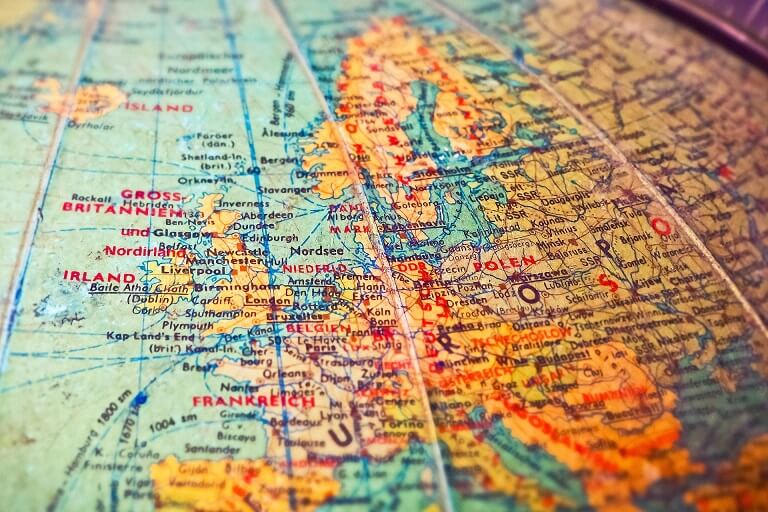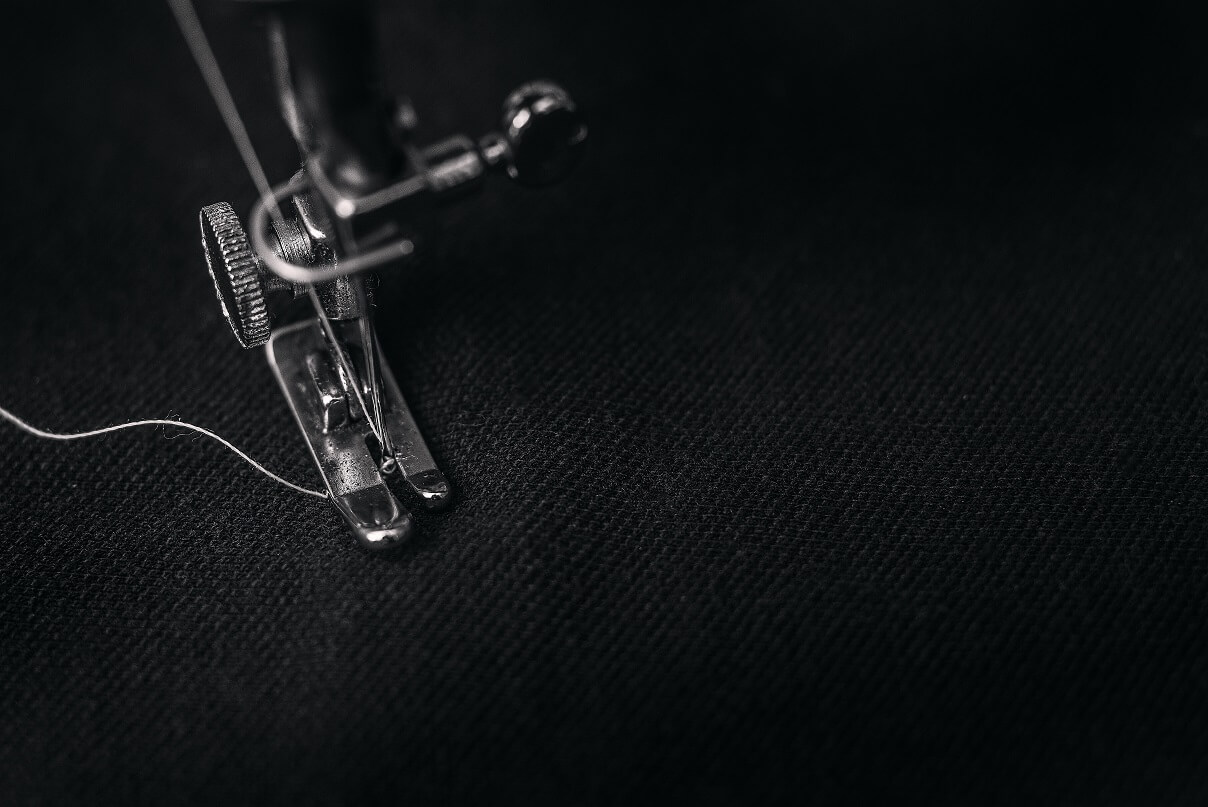For decades it was the norm for fashion retailers and even sports specialists to produce in Asia, not only to keep costs low either, but also because European businesses had little interest in sewing.
So we see labels reading Made in China, Bangladesh, or Vietnam. There has been a trend in recent years with an increasing number of companies and brands seemingly interested in returning certain product sections back to Europe from Asia.
That’s because some products are dealt with more efficiently in Europe, especially those with a high proportion of natural fibers. Functional items such as all-weather jackets remain a challenge for European production.
Due to the machinery, raw-material availability, and the expertise honed over many years, they are better off being produced in Asia.
According to Niko Schulz, SPORT 2000 Category Manager, what is most decisive for this “nearshoring” are the greater consumer demand for products from Europe and the idea of sustainability. Consumers have been putting a stronger focus on these subjects for some years now, making them a trend. In addition, the freight routes and production times are shorter, which enables quicker response to new trends.

Pixabay/Michael Gaida
Made in… Portugal, Bulgaria, Romania, or Turkey
In particular, Bulgaria, Romania and Turkey join Portugal in being popular for European-based production. Niko Schulz explains the importance of these countries: “The end customer is demanding sustainable products and manufacturing companies that can present a ‘full-sustainability story’. While sustainable products are of course also produced in Asia, the focus will keep shifting more strongly to the European market for this. It must be guaranteed that the entire supply chain is transparent, because only then will consumer confidence be achieved.”
For specialist sports retailers, this development is by no means limited to textile products. A greater number of bicycle manufacturers are shifting their production from Asia to Europe, with Italy, the Czech Republic and Bulgaria being the main destinations of choice.
Faster supply times and independence: clear advantages
In times of crisis, especially like the one we are experiencing at the moment, all trading businesses become aware of global interdependencies. If aviation is grounded overnight and the borders closed, the commercial logistics sector must deal with major challenges. Many manufacturers must struggle with huge losses and risks to supply capacity and flexibility, and the desire for more flexibility is becoming clear. “If merchandise is produced on the same continent it is sold on, it can be supplied much more quickly and also more environmentally friendly. There are no long flights or sea-freight routes that need to be traveled during shipment. And even more, it means that manufacturers can respond much more quickly to the latest trends,” says Schulz.
Fast response times and agile structures are necessary to stay competitive in the fast-paced fashion and sports-product sectors. Restructuring production at the last minute is not advisable, according to Schulz. “A hasty relocation of production is insufficient in times of crisis and comes with added expenses and high costs. The objective must be to shift production over the long term to be in closer proximity to target countries so that business can be done more efficiently and independently while maintaining the same quality.”




